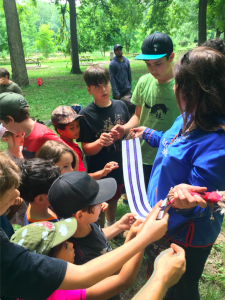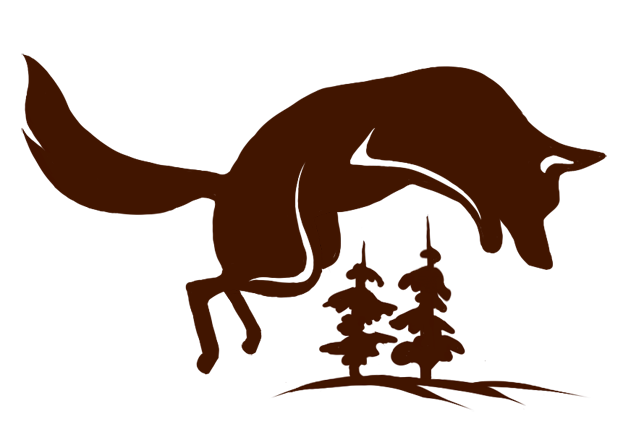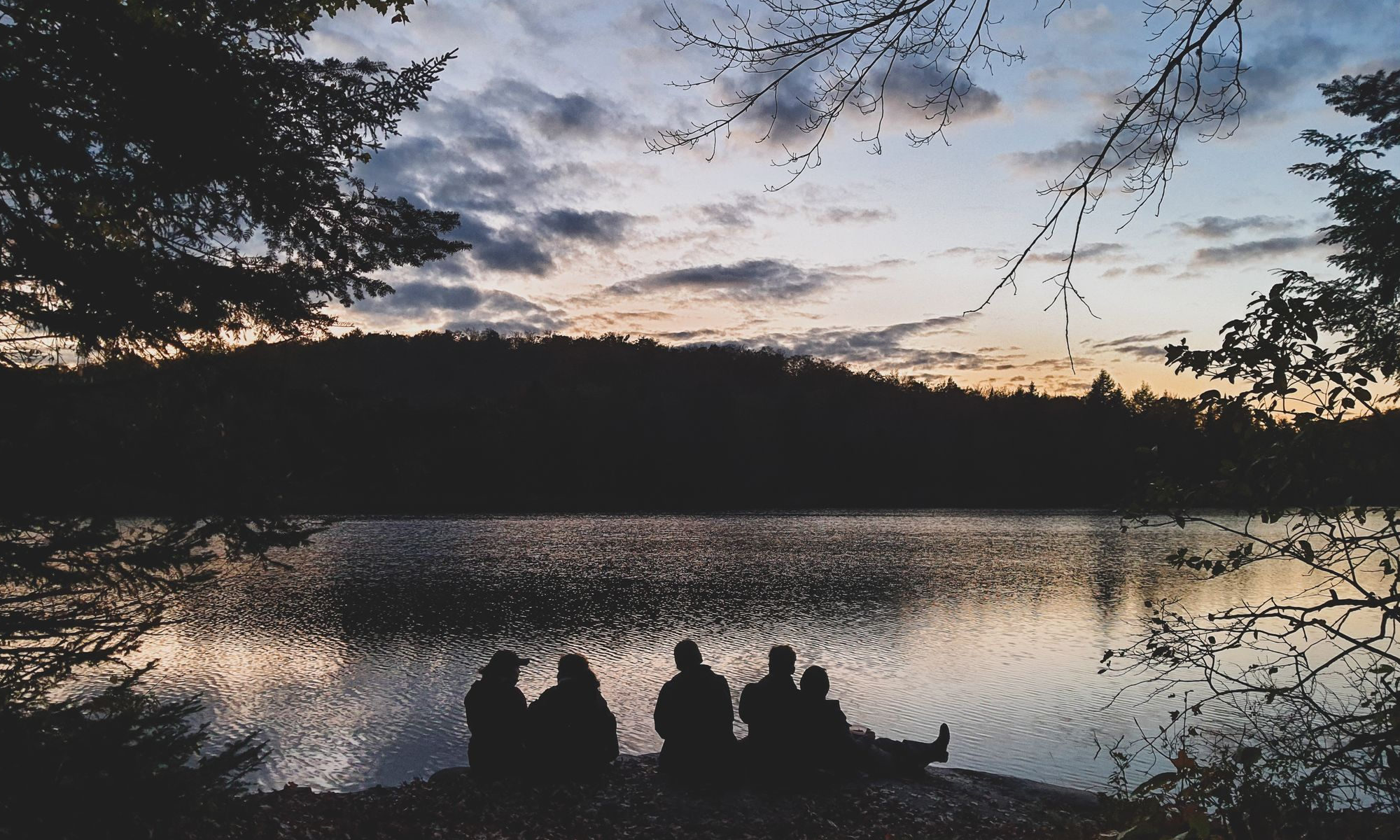Many first people’s cultures include a strong relationship to the land, we as outdoor educators have both an opportunity and a responsibility to support indigenous causes.

Kawisente teaching about the Kaswentha (Two-Row wampum treaty) at our summer camp, which speaks to nation to nation dialogue and mutual respect.
The history of environmental and experiential education has been notoriously appropriative and racist towards Indigenous Peoples. Think of all the non-native summer camps that have taken native names, have had or continue to have native themed activities, or have tokenized pieces of their culture and use them on a regular basis. Native communities are still systematically oppressed- many without access to clean water, fighting stereotypes and racism, and whose land continues to be stolen and abused. These behaviors perpetuate the genocide and are complicit with racist attitudes. We need to do better.
As outdoor educators, we are well-positioned to be either propagators of colonialist attitudes and behaviors, or allies to indigenous empowerment and liberation efforts. Since connecting people to the outdoors builds empathy for life, this work can evoke questions on how to be in right relations with the land: how can I be a caretaker of the plants, animals, and elements here? How has this land been cared for in the past, and how can I honor the people who have done so before settlers arrived?
Our work is greatly influenced by a movement of nature connection practices that has roots in teachings from indigenous native leaders from north America and elsewhere in the world. The model we are influenced by – Coyote mentoring and the 8 shields model – looks at patterns of behavior found all over the world and presents them in a way that could be used to promote more connective behaviors in western society. The approach intends to look beyond the specific cultural context and teachings of these practices in order to transmit the core lessons of what they hold, arguing that they are universal to nature-connected people.
For example: Sharing regular moments of gratitude for the things that support us to be here. The Kanien’kéhaka people have a thanksgiving address that they traditionally share at the beginning of every gathering. This is a powerful practice to unite the minds and remember what is important as we move forward. In our programs we don’t do a traditional Kanien’kéhaka thanksgiving address (unless it’s led by a Kanien’kéhaka person), nor do we copy the thanksgiving rituals or habits found in indigenous European or other cultures. In our programs, we do weave in moments where we share gratitude on a regular basis in our own way, such as doing a go-around where everyone shares one thing they are sincerely feeling grateful for.
Other “core routines” of nature connection- these ancient worldwide patterns of growing healthy human beings: animal tracking, practicing survival skills, storytelling, opening our senses, rites of passage, deep listening, imitating animals, mentoring relationships and exploring through questions.
The native communities here and worldwide have been persecuted for the way they relate to the land, and here we are, having learned from them and are attempting to rekindle our ancestral relationship to the earth. Cultural misappropriation is therefore a huge risk.
For the land-based communities that are no longer around, we need to grieve for them, celebrate their existence and to tell their story. For indigenous communities that continue to be under threat, we need to help the fight for their liberation and empowerment, and to help dismantle and disrupt the systems of oppression that they struggle against.
A few examples of what this could look like in our programs:
-Learning the native names and peoples of the places we inhabit, learn about the struggles these people went through and continue to experience.
-Giving space for native teachers to lead activities in our programs and to teach about their culture and history.
-To invite participants to learn about their cultural heritage that connected them to the land.
-Acknowledge the human brilliance behind the ancient survival skills that we continue to practice and to acknowledge the teachers that kept these traditions alive.
-Acknowledging the traditional peoples of the land we are on on a regular basis, and sharing opportunities to contribute resources and educate ourselves further to build bridges and understanding.
-To call out inappropriate behavior and to talk about the myths and realities of native communities.
-To learn the history of the land we are on, through an ecological and human perspective.
This doesn’t need to be dogmatic or condescending. We want to keep our acknowledgements and conversation age-appropriate and relevant, but without sugar-coating the darkness. It can be really beautiful and inspiring to ground ourselves in the challenges of this messy world by not shying away from these important issues. Native communities are resilient and strong, reclaiming culture, language, sovereignty, and they have a lot to teach us.
We don’t propose to have all the answers, but we are doing our best to look at and raise the questions and to call out our assumptions. We know we will fumble in our attempts and we have a lot to learn, but we will do our best, and are always open to learning more as we try to improve our relationship to the land and its peoples. We know that nature connection work can build amazing humans who are deeply connected to themselves, the land and their communities. We believe we are preparing participants in our programs to become collaborative, conscious and powerful leaders in their communities toward a better world.
For more reading:
https://www.segalcentre.org/…/201819_Sho…/ENG_AllyTookit.pdf (Ally ToolKit)
http://www.cdpdj.qc.ca/Publications/Mythes-Realites.pdf (Myths and realities of indigenous peoples)


